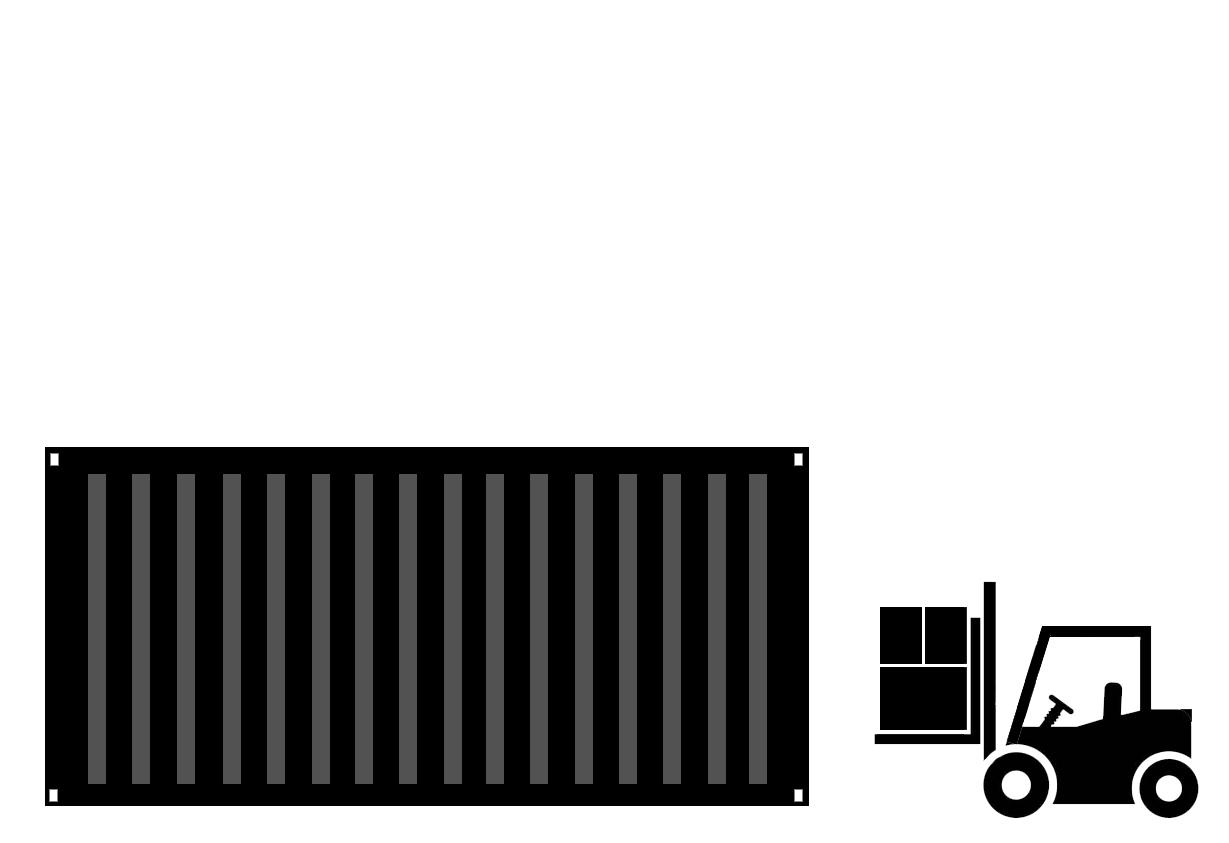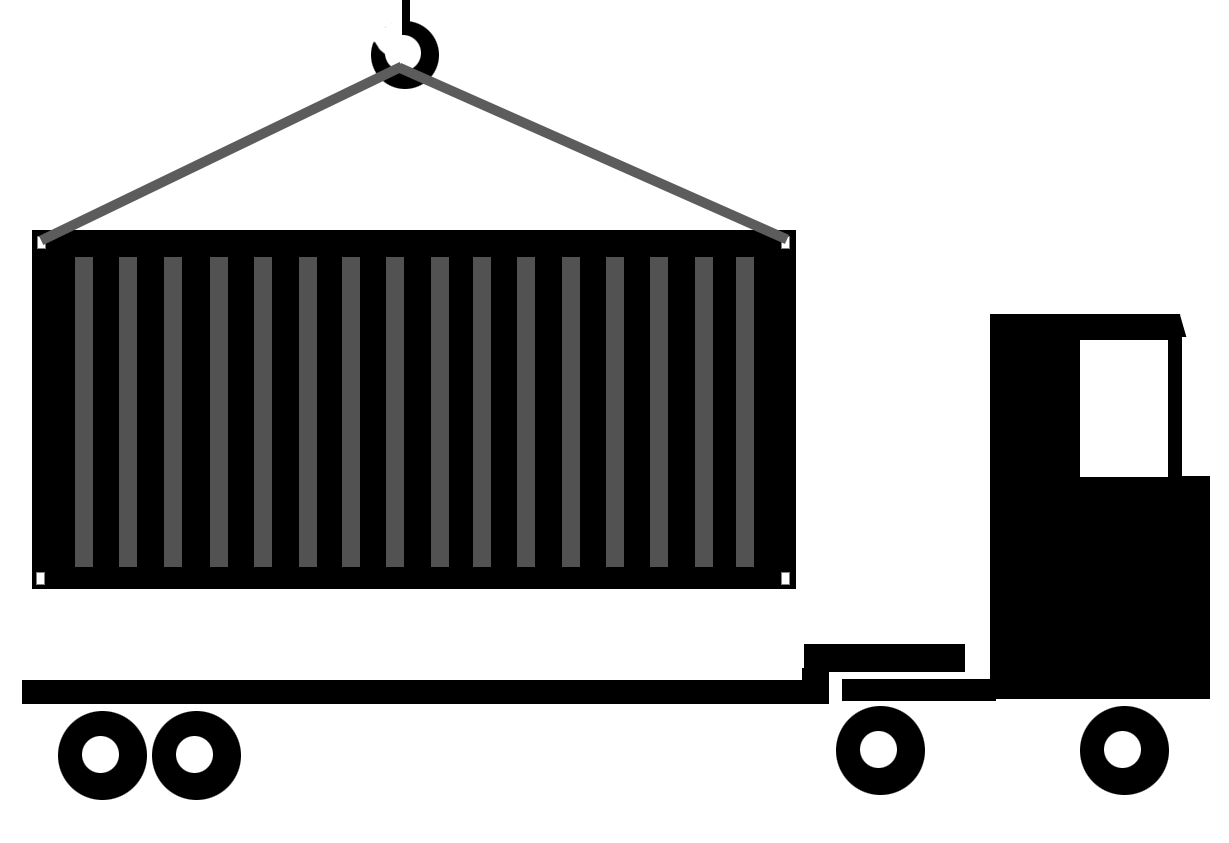Expedition planning and preparation
What do the participants contribute?
The participants draw up lists of their equipment, which are sent to the logistics department by working group or institute. If the equipment is dual-use goods, these must be communicated to Logistics in advance and in good time.
The lists are prepared in a specific format, which should be used. There is a deadline for the lists which must be adhered to!
There is a similar procedure for dangerous goods. First, Logistics needs an informal list of the planned dangerous goods with UN number and quantity. In addition, the manufacturer's safety data sheet in English is required for all dangerous goods. From this, the participants create IMO packing certificates by a deadline. These are checked by logistics and, if necessary, objected to or corrected. The signed original documents are then delivered together with the dangerous goods. Then the packaging and, if necessary, the contents are checked.
It is ESSENTIAL that the packing certificates and the dangerous goods together with the packaging match. Otherwise, the police and the Federal Office for Goods Transport (BAG) will impose heavy fines on the client, the driver and the carrier, which can quickly reach four-digit sums.
If it is discovered in advance that there are discrepancies, we will contact the person responsible and, if necessary, NOT load their dangerous goods!

Delivery
Delivery is made by a specified date and after consultation with logistics. In the case of delivery by truck, forklift support may be provided if required. The individual boxes of goods must be clearly labelled all around and on the top with box numbers/designations that can be found in the packing list. In addition, a sticker must be affixed at least on the top side, on which the institute, the voyage number and a contact person are listed. Old stickers, especially old dangerous goods stickers, must have been removed or at least made unrecognisable.

Loading the containers
The loading of the equipment into containers or onto trucks is carried out by logistics on a fixed date, but in any case after clearance by customs. As a rule, no transport participants need to be present during loading, unless special packing configurations are involved. It is recommended, however, that passengers who are responsible for packing the containers for the return transport should inspect the loading and securing of the equipment, if necessary. This is especially true if space in the containers is limited.

Container shipping
When loading the standard containers, the presence of the voyage participants is not necessary.
If large equipment is loaded or if some of the equipment has to be stowed during the loading of the containers, persons responsible for this load must be present and provide assistance.

Sample transport
The return transport of refrigerated or frozen samples should be planned before the start of the expedition. Larger quantities of samples can be returned in a refrigerated or frozen container. If a refrigerated or frozen container is only to be rented in the port of destination, it must be ensured before the expedition that appropriate containers are available in the port.
However, if smaller quantities are involved, or if the sample material needs to reach the laboratory quickly, it is advisable to have the samples transported by a specialised courier service. World Courier, which has a worldwide network of partner companies, has good experience, so that it can usually be guaranteed that the samples remain refrigerated or frozen without interruption.
It is important to clarify with the company in advance whether a corresponding service is offered in the expedition's port of destination. You should also ask about the costs, which are not inconsiderable.



